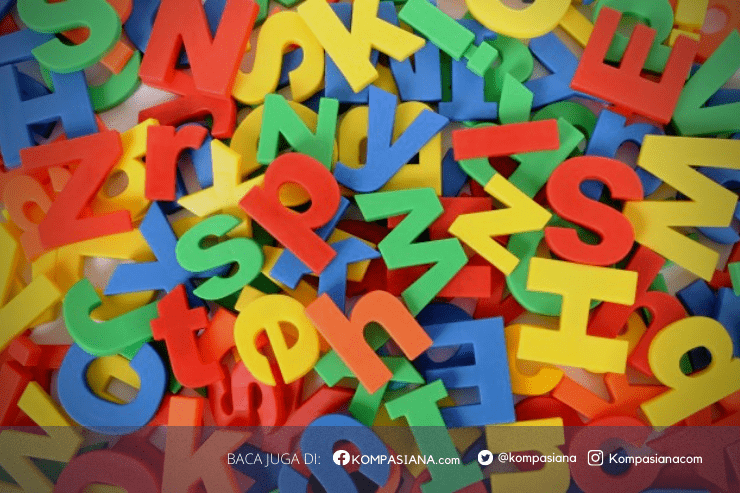Behaviorist theory, as articulated by B.F. Skinner (1953), explains learning as a process shaped by cause-and-effect relationships between stimuli and responses. It emphasizes the external environment's role in influencing behavior over internal factors like thoughts or emotions. In classrooms, this theory is operationalized through the use of rewards and punishments to reinforce desired behaviors and discourage undesired ones.
When students complete tasks correctly, teachers often provide rewards. According to Soejono (in Kompri, 2016, p. 302), rewards come in various forms, including praise, recognition, gifts, and tokens of appreciation. Conversely, when students make mistakes, they usually receive punishments. Based on Yanuar (2012, p. 31), punishments can be classified into preventive types, such as notifications, reprimands, warnings, and consequences. Unlike in past decades, when physical punishment was more common, Imron (2016, p. 170) argues that physical punishment should be avoided. It has been shown to be ineffective in changing behavior and can negatively impact a child's psychological well-being. Moreover, if physical punishment leads to injury, it could result in legal consequences for the perpetrator. Therefore, physical punishment is inappropriate in educational settings, including schools.
The critical question is: Do rewards and punishments effectively motivate students? According to Alfie Kohn in his article "Rewards Are Still Bad News," rewards often motivate people extrinsically (doing something to gain a reward), but this can weaken intrinsic motivation (doing something because they enjoy it). Intrinsic motivation has a stronger correlation with quality achievements compared to extrinsic motivation. Research shows that people promised rewards for completing a task tend to become less creative and less interested compared to those not promised anything.
Rewards---such as excessive praise, gifts, or high grades---might encourage students to learn a language for the sake of receiving rewards, but they may lose interest in the language itself. For instance, students might study vocabulary or grammar solely to achieve good grades, without genuine interest in using the language for real communication. If students are given rewards for completing language tasks (e.g., finishing grammar exercises), their intrinsic motivation to learn the language may decline. They begin to view language learning as a task to complete for a reward rather than a desire to understand or communicate. Once the rewards stop, students might lose the drive to learn. For example, if students are accustomed to receiving rewards for writing tasks, they may stop practicing writing as soon as rewards are no longer offered.
Rewards are potentially useful for tasks perceived as boring or less engaging, but only in the short term. In language learning, rewards might help establish study habits in highly unmotivated students. For example, students who find memorizing vocabulary dull might feel slightly more motivated if there is a reward, such as small praise from the teacher. Encouraging students to complete routine tasks, such as grammar exercises, can provide temporary engagement. However, rewards remain ineffective in fostering long-term commitment or enhancing the quality of learning because they focus solely on stimulus and response.
Similarly, punishments can be a double-edged sword. When administered appropriately, wisely, and accompanied by educational explanations, punishments can effectively motivate students. For instance, constructive punishments, such as encouraging students to reflect on their mistakes or assigning additional relevant tasks, can help students understand the consequences of their actions and promote positive behavioral changes (Lewis, 2001).
However, harsh, unfair, or emotionally insensitive punishments can have adverse effects, such as instilling fear, lowering self-esteem, or even causing trauma that negatively impacts a student's psychological development (Kazdin, 2001). Therefore, educators must carefully select appropriate punishments and consider their impact on students' emotional and psychological well-being.
So, should rewards and punishments be eliminated from the classroom? My answer is no. Combining rewards and punishments can yield positive effects when applied judiciously and thoughtfully. For instance, Muhammad Fuad et al. (2021) found that such an approach actively engages students, thereby enhancing their motivation to learn. By fulfilling students' intrinsic needs and clarifying the consequences of their actions, the combined use of rewards and punishments can encourage improvement and positive classroom interactions. When students understand the rules and the consequences of their actions, they are more likely to engage positively in the learning process.
Moreover, this balanced approach aligns with the complex nature of motivation, which cannot be entirely intrinsic or extrinsic. While intrinsic motivation is ideal for fostering a deep interest in learning, extrinsic motivators like rewards and punishments can serve as initial catalysts, especially in environments where intrinsic motivation is lacking. However, for this combination to succeed, educators must ensure that rewards do not overshadow the joy of learning and that punishments are constructive rather than punitive. As Laurensia Masri Perangin Angin (2023) concluded, punishment alone is generally ineffective, but its combination with rewards can significantly enhance student motivation, accounting for 40% of the variance in motivation levels. This highlights the importance of carefully balancing both strategies to foster a supportive and engaging learning environment.
References
Imron, A. (2016). Manajemen Peserta Didik Berbasis Sekolah. Jakarta: Bumi Aksara.
Kazdin, A. E. (2001). Behavior Modification in Applied Settings (6th ed.). Wadsworth/Thomson Learning.
Kohn, A. (2018, November 27). Rewards Are Still Bad News 25 Years Later -- Alfie Kohn. Alfie Kohn. https://www.alfiekohn.org/article/rewards-25-years-later/
Kompri. (2016). Manajemen Pendidikan: Perspektif Teoritis dan Praktis. Bandung: Alfabeta.
Skinner, B. F. (1953). Science and Human Behavior. New York: Macmillan.
Padang, D., Rangkuti, M., Samosir, R. A., Siregar, Y. X. M., & Angin, L. M. P. (2023). The Effect of Giving Rewards and Punishment on the Learning Motivation of Class V Students at SDN 101769 Tembung. Journal of Educational Analytics, 2(2), 307--318. https://doi.org/10.55927/jeda.v2i2.4423
Lewis, R. (2001). Classroom discipline and student responsibility: Teaching and Teacher Education, 17(3), 307--319. https://doi.org/10.1016/s0742-051x(00)00059-7
Fuad, M., Suyanto, E., & Muhammad, U. A. (2021). Can 'Reward and Punishment' Improve Student Motivation? European Online Journal of Natural and Social Sciences, 10(1), 165--171. http://repository.lppm.unila.ac.id/33325/
Yanuar. (2012). Manajemen Pembelajaran dan Motivasi dalam Pendidikan. Jakarta: Prenada Media.







